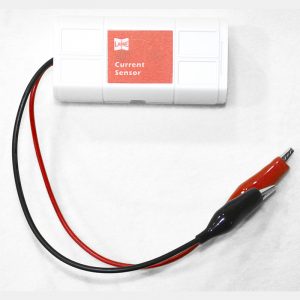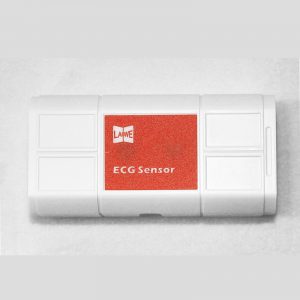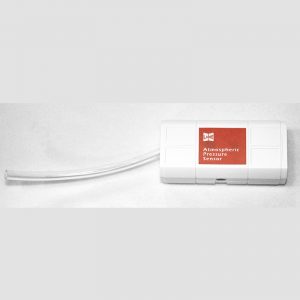
Wireless Photo Shutter Sensor
August 1, 2025Wireless ORP with probe
August 1, 2025
Wireless Oxygen level sensor.(DO+gas)
Range: 0–20 mg/L
Resolution: 0.1 mg/L
I. Working Principle
The dissolved oxygen electrode consists of a silver anode and a gold cathode, with a potential difference of +800MV between the anode and cathode. The cathode and anode are isolated by a semi-permeable membrane in the electrolyte solution, which only allows oxygen to pass through. Oxygen is reduced at the cathode through the following reaction, creating a point near the cathode where the oxygen pressure is zero. Consequently, the current flowing between the two electrodes is converted into a voltage signal, and temperature-induced errors are compensated to calibrate the output. The measured results are then transmitted to the data acquisition system with appropriate corrections.
II. Specifications
Range: 0–20 mg/L
Resolution: 0.1 mg/L
III. Structure and Features
1. Equipped with a 1.8-inch color LCD screen.
2. Configured with five functional buttons for simple and convenient operation.
3. Supports high-speed USB data transfer for rapid communication with data acquisition systems.
4. Enables wireless communication with experimental terminals.
5. Features a built-in large-capacity removable battery.
6. Includes a sensor interface with a snap fastener, compatible with standard sensors for combined experiments.
7. Provides a fixed mounting position for integration with traditional equipment on an iron stand.
8. The sensor supports iOS, Android, and Windows operating systems.
IV. Typical Applications
This sensor can measure the concentration of dissolved oxygen in water samples in both field and laboratory settings. Dissolved oxygen is a critical indicator of water quality, and this sensor can be used for various types of measurements:
1. Monitoring dissolved oxygen in aquariums containing aquatic plants and animals.
2. Tracking changes in dissolved oxygen concentration caused by photosynthesis and respiration of aquatic plants.
3. Conducting fixed-point monitoring of rivers or lakes to assess the impact of different species of flora and fauna on water quality.
4. Determining the relationship between dissolved oxygen concentration and temperature in water samples.
V. Note
This product is suitable for educational purposes only and is not intended for industrial, medical, research, or commercial applications.
VI. Usage Tips
1. Allow a 10-minute warm-up period before taking readings.
2. Regularly calibrate the sensor and replace the electrolyte solution, with the frequency depending on usage and required measurement accuracy.
3. The semi-permeable membrane is fragile and prone to breakage; handle with care to avoid puncturing the membrane cup.
4. Gently stir the sample solution. Note: It is crucial to keep the sensor in slight motion within the sample solution to ensure water flows over the sensor tip during measurement. When measuring dissolved oxygen, the sensor extracts and dissociates oxygen from the water. If the sensor remains in stagnant water, the readings will gradually decrease.
5. When not in use (for short periods), immerse the probe in clean water to prevent the electrolyte in the probe chamber from drying out.
6. After experiments, store the dissolved oxygen sensor probe in a protective sleeve filled with water.
7. Avoid contact with oils or other organic substances. Using the sensor in non-aqueous solutions or those containing oils, grease, or coatings will shorten its lifespan.
8. The dissolved oxygen sensor is designed to measure dissolved oxygen content in liquids.
9. Before using the dissolved oxygen sensor, ensure the sample solution is uniformly mixed; otherwise, the measurements will be inaccurate.
The probe of the dissolved oxygen sensor has a service life of two years. Replacement probes can be ordered from our company.
10. Response time: 95% of readings within 60 seconds.
11. Temperature compensation range: 5–35°C.




Reviews
There are no reviews yet.